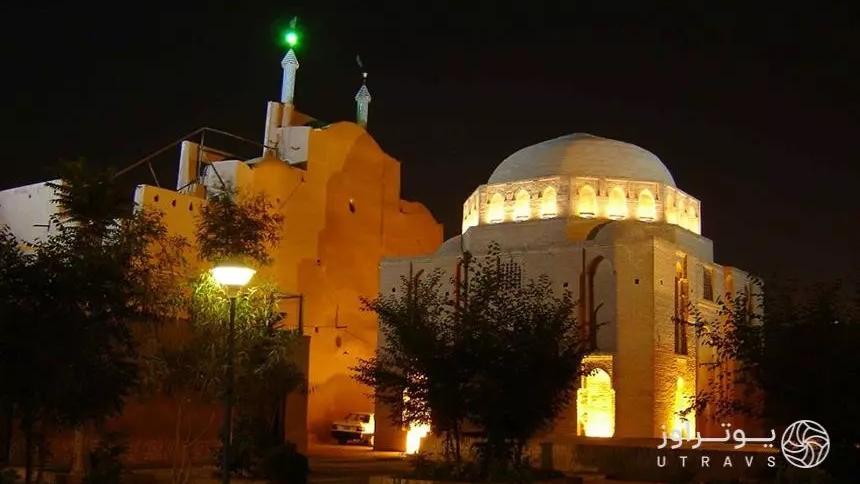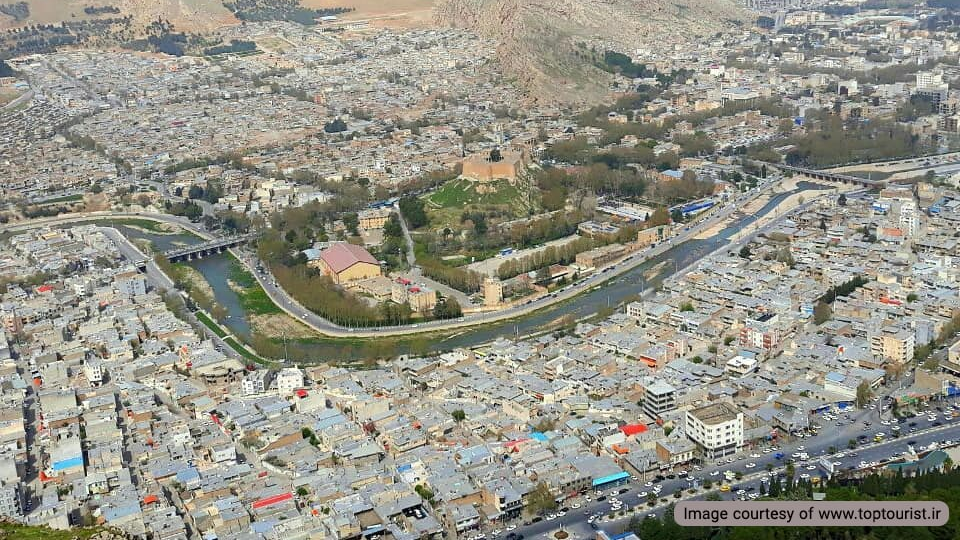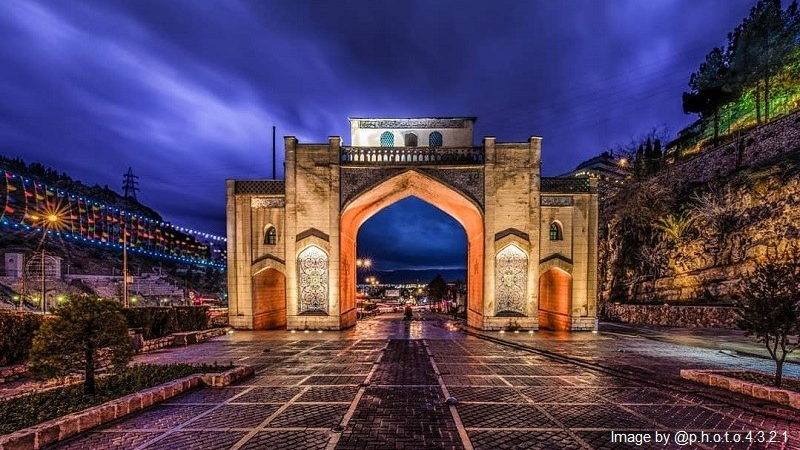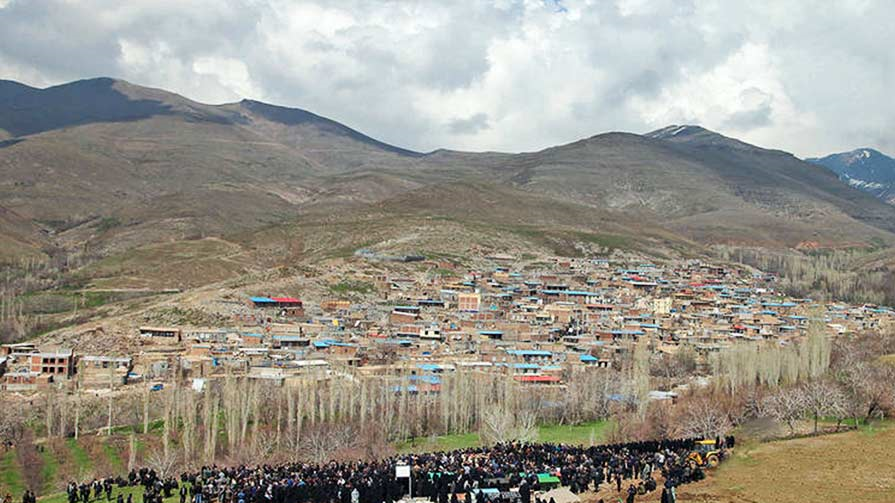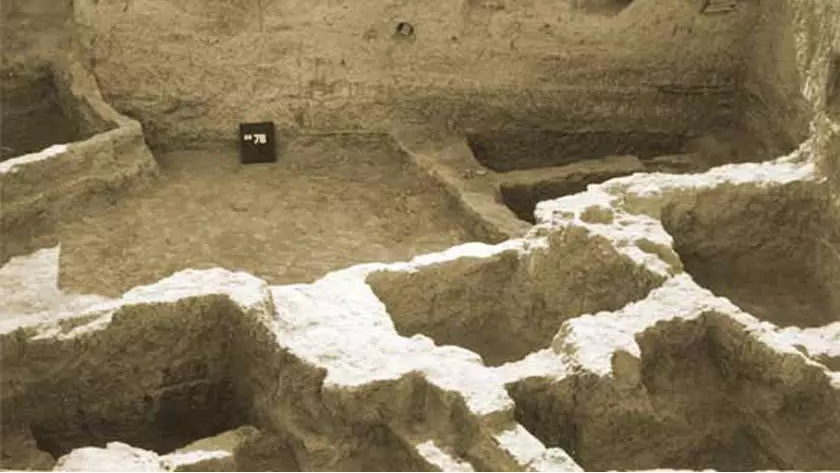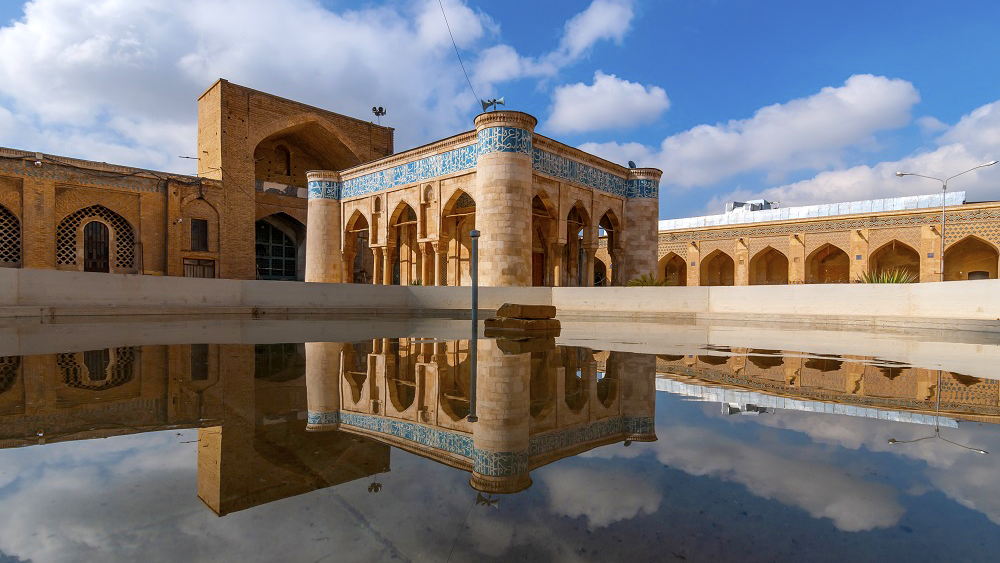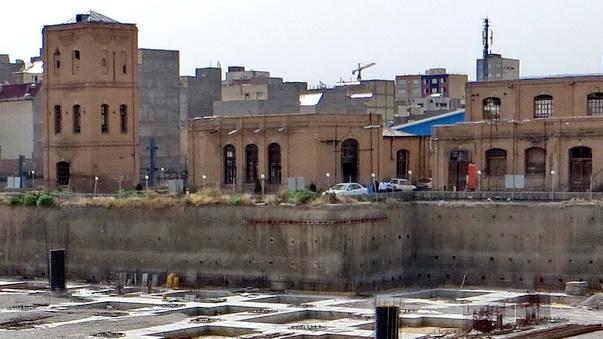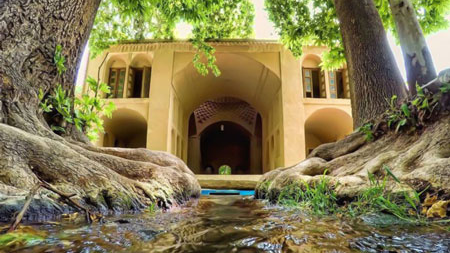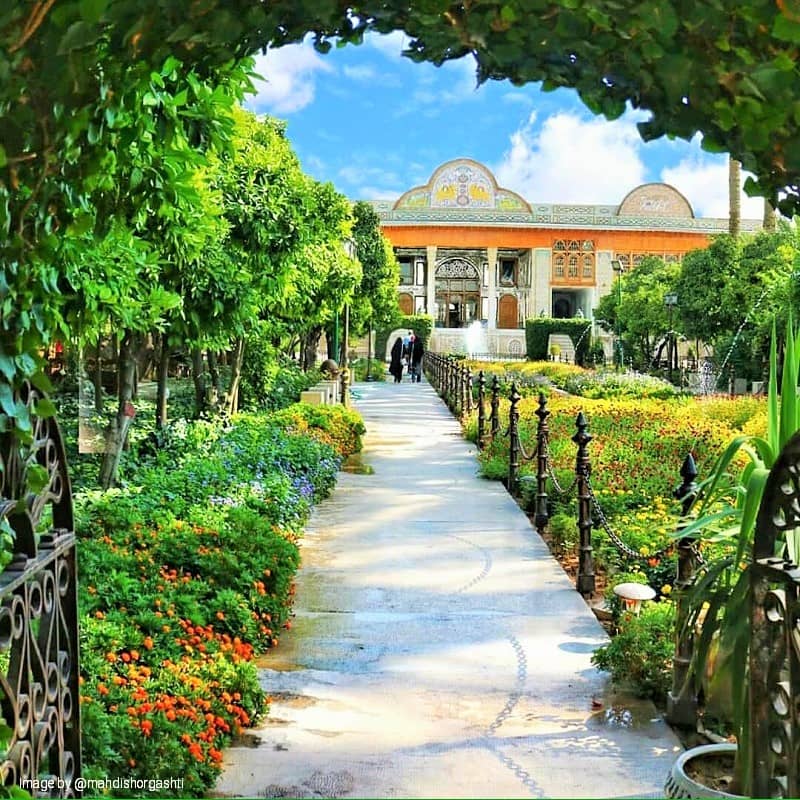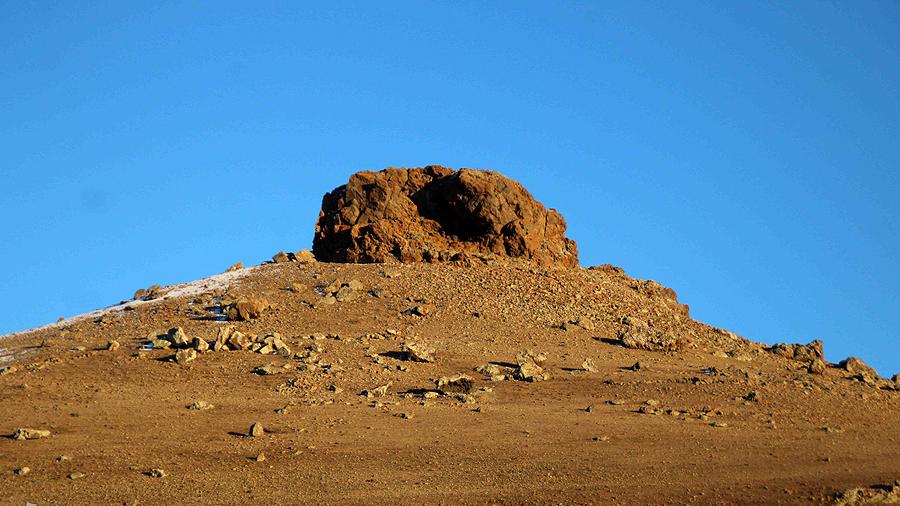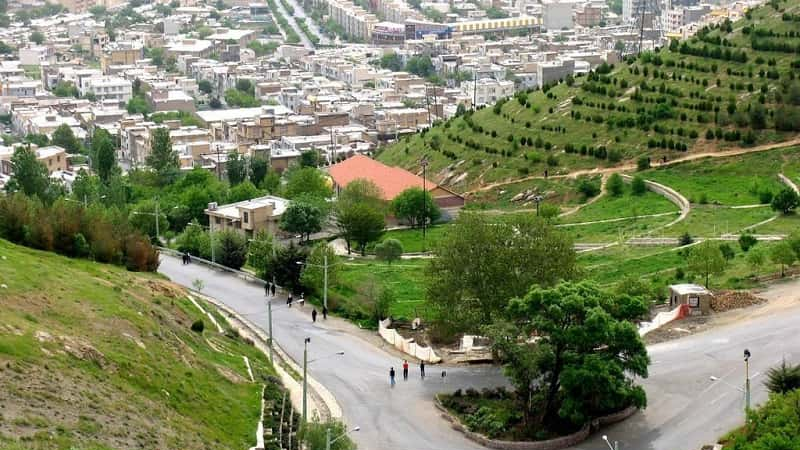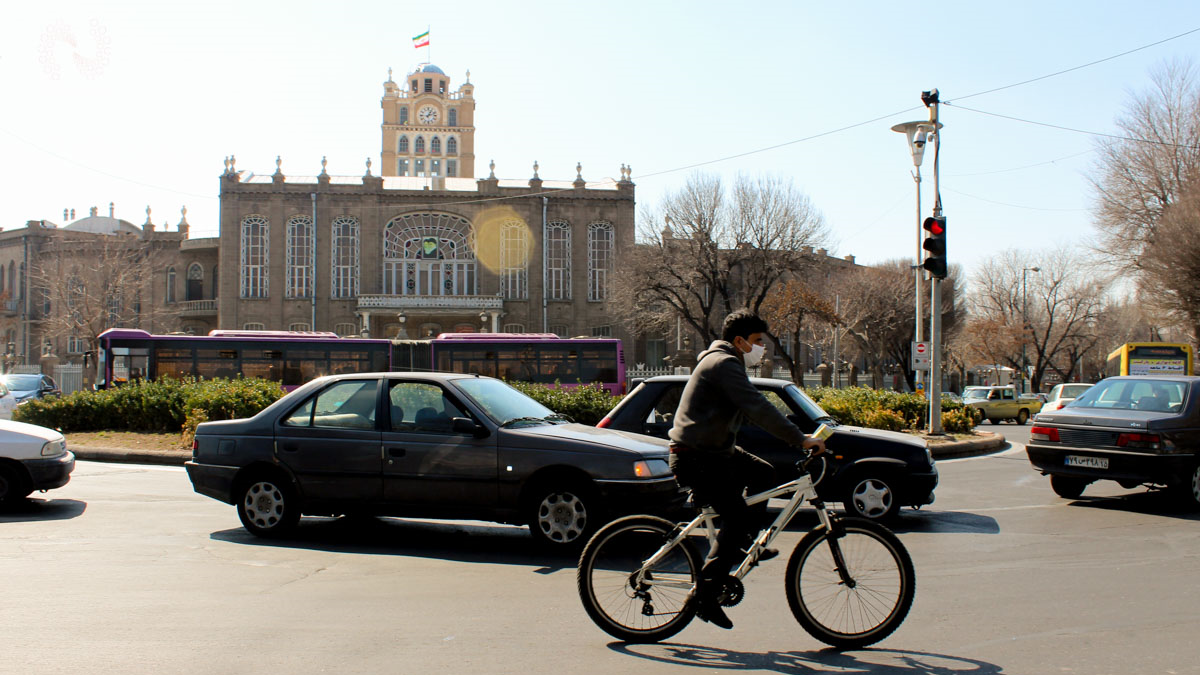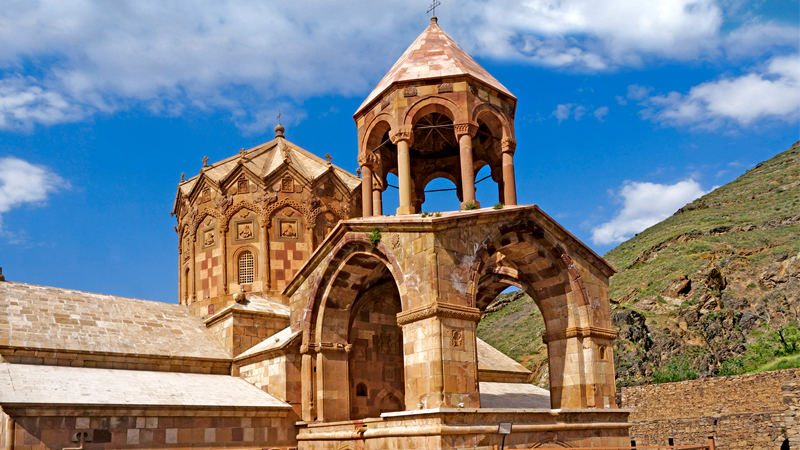
Rab’-e Rashidi, the World’s First University Complex
The remnants of Rab’-e Rashidi, a university town of its time, where various educational, scientific, and research centers were operating, can still be seen in Tabriz, which was considered one of the largest and most important cities in the world even 700 years ago.
Khwaja Rashid al-Din and the Establishment of Rab’-e Rashidi
Three years after Ghazan Khan of the Mongol Ilkhanate Dynasty had assumed power, Khwaja Rashid al-Din Fazlullah Hamadani, who was previously associated with the Ismaili sect, was appointed to the position of Prime Minister. This event, which took place in 1295 A.D became the basis for major developments in the governance and management of Iranian cities. Khwaja Rashid al-Din was a man of science and held the position of a professor in various fields of science of his time. In addition to Rab’-e Rashidi, which was located outside the fence of Tabriz at that time, he had also built many buildings in the city of Tabriz, some of which are still there.
Being built during the time Rashid al-Din Fazullah Hamadani was the prime minister, this century was called Rab’-e Rashidi. Since this educational complex consisted of four faculties located in the four corners of its campus, it was called “Rab’" (derived from the word “Arba’” which means “four” in Arabic). Since Khwaja Rashid al-Din was a physician and the Ilkhanids attached great importance to medical science, the faculty of medical sciences of Rab’-e Rashidi Medical was given a lot of importance and was quite advanced.
Features of Rab’-e Rashidi
Historical documents show that Rab’e- Rashidi was located in a very large area and also housed a mosque, a school, a hospital, and a library. Following his demise, Khwaja Rashid al-Din was buried in this place and a tomb was built for him. To protect Rab’-e Rashidi, a clay wall was built around it. It has been recorded that every branch of human knowledge was taught in Rab’-e Rashidi and six thousand students pursued their studies. Some historians have claimed that the library of Rab’e- Rashidi library had 60 thousand volumes of books, and 200 reciters of the Holy Qur’an, 500 religious jurists, 1000 seminary students of religious sciences, and 50 proficient doctors resided in the houses built in this university town. The complex also had such parts as a bathhouse, a guesthouse, a hospital, and an industrial workshop, which served the scientists and scholars from Greece, Rome, Egypt, and China who attended its programs. Rab’-e Rashidi also had a gentrified area called “Rabaz-e Rashidi”.
One of the interesting parts of Rab’-e Rashidi was its “Dar al-Masakin” (almshouse) which was built adjacent to the complex and served 100 poor people with free food every day.
The Historical Importance of Rab’-e Rashidi
Apart from the important scientific contributions made by Rab’-e Rashidi, were the rules and regulations governing this complex, which were compiled by Khwaja Rashid al-Din in a book called “Al-Waqfiyyah al-Rashidiyyah fi Bayan-e Sharayet-e Omur al-Waqf Wa al-Masraf". The original copy of this book is still available and is kept in the central library of Tabriz. This valuable work was inscribed on the list of UNESCO World Heritage in 2007.
The Teaching Method in Rab’-e Rashidi
Besides treating patients, each physician also taught five to 10 students. Usually, students spent five years in the medical school studying medicine after which they were issued a certificate called “Ejazat” (lit. permission) and then they could start treating patients.
The teaching process of the students was planned in two shifts, morning and afternoon, in such a way that they were taught theoretically in the mornings and practically in the afternoons. The entire expenses related to the education and accommodation of medical students in this center were provided by the government. This was the reason that Rab’-e Rashidi had become an international university and students from Egypt, China, and India attended it.
Where Is Rab’-e Rashidi Located?
Rab’-e Rashidi is located in the northern region of today’s Tabriz and a high place at the foot of Mount Sorkhab.
Rab’-e Rashidi was inscribed on the list of Iran’s national heritage in the year 1975.
Rab’-e Rashidi can be considered the first university town in the world, where students and scientists from different ethnicities were engaged in educational and research activities.
| Name | Rab’-e Rashidi, the World’s First University Complex |
| Country | Iran |
| State | East Azerbaijan |
| City | Tabriz |
| Type | Historical |
| Registration | National |
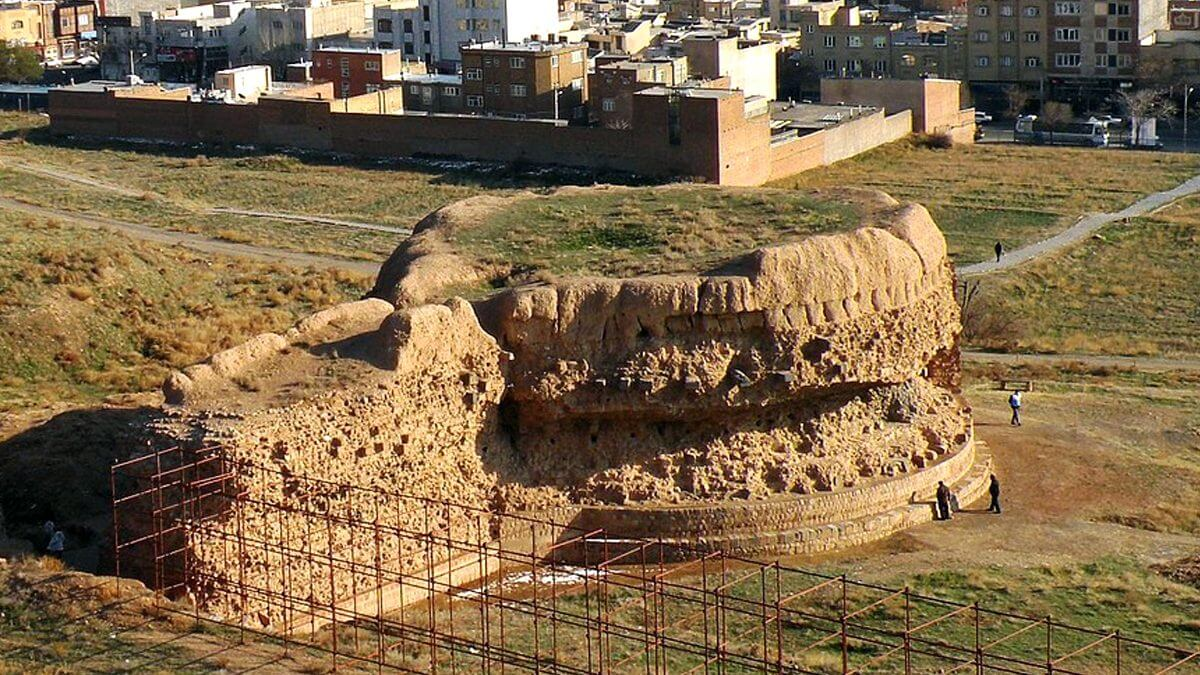
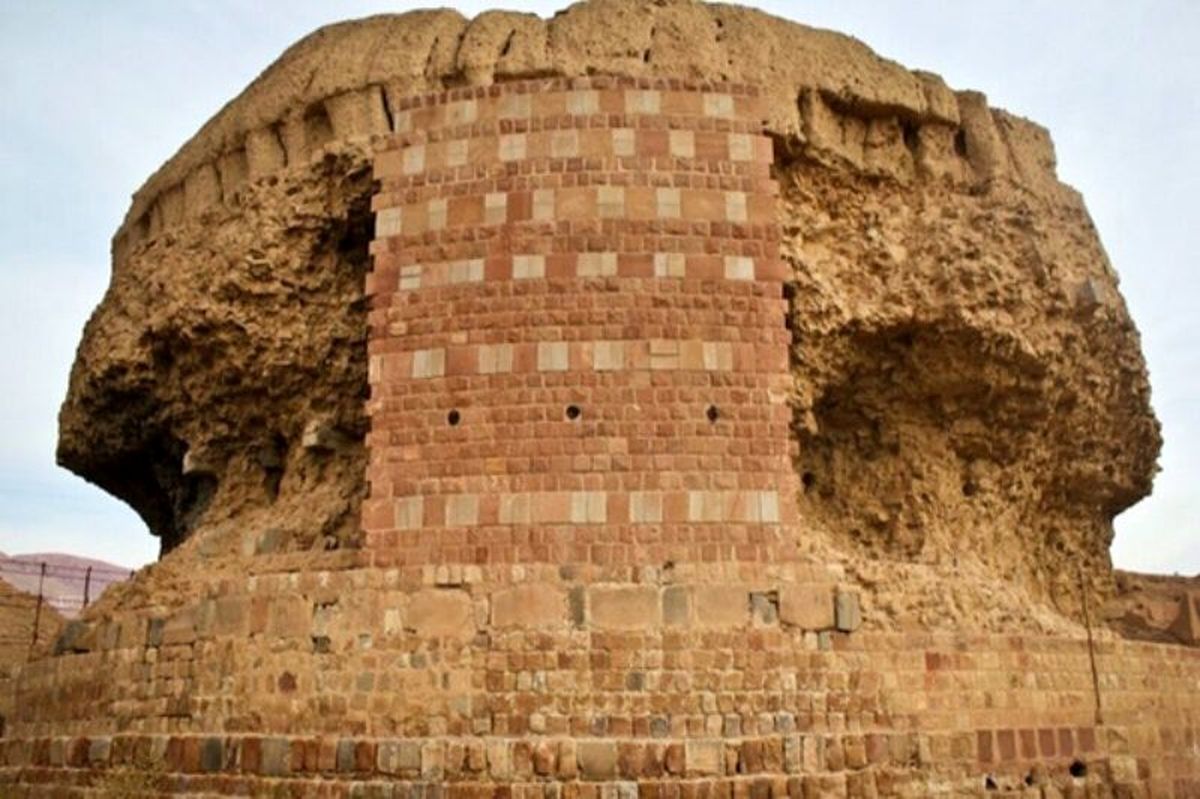
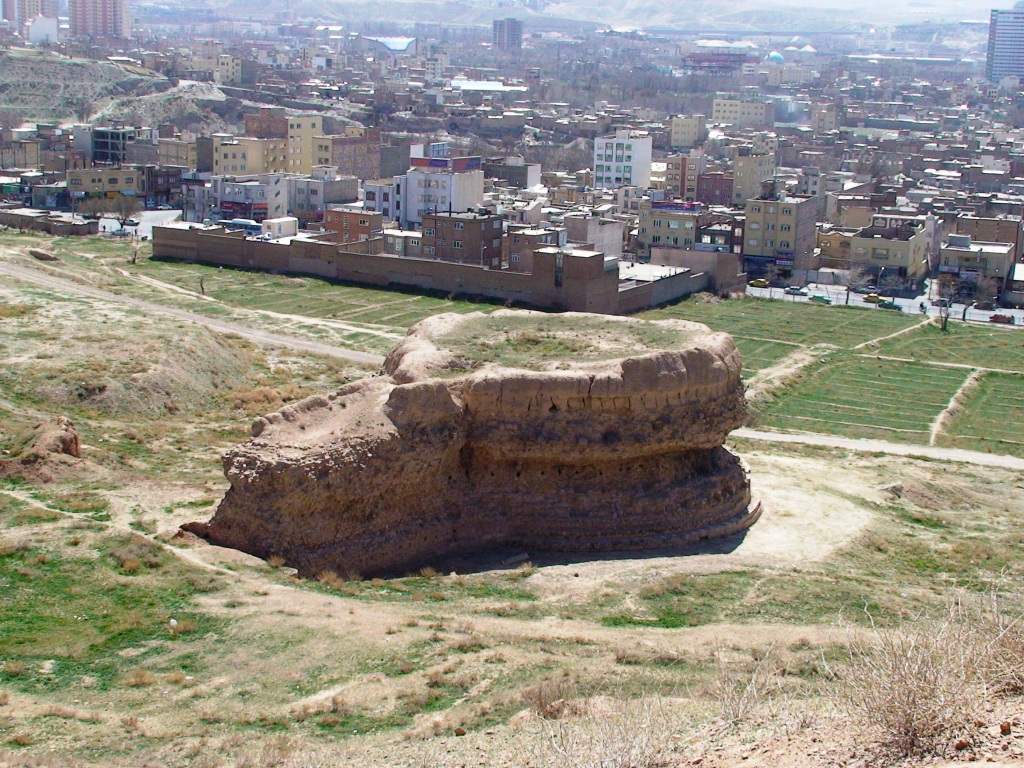
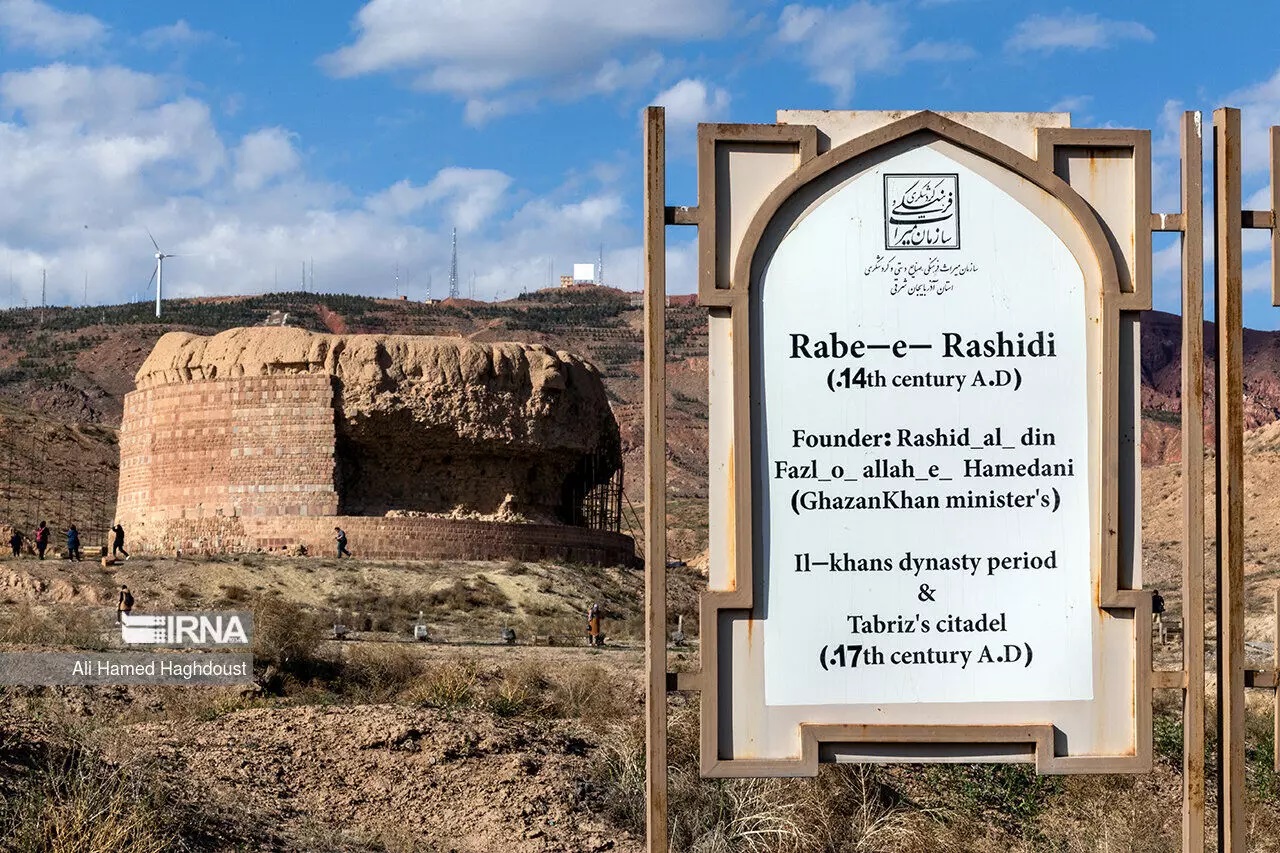




Choose blindless
Red blindless Green blindless Blue blindless Red hard to see Green hard to see Blue hard to see Monochrome Special MonochromeFont size change:
Change word spacing:
Change line height:
Change mouse type:
